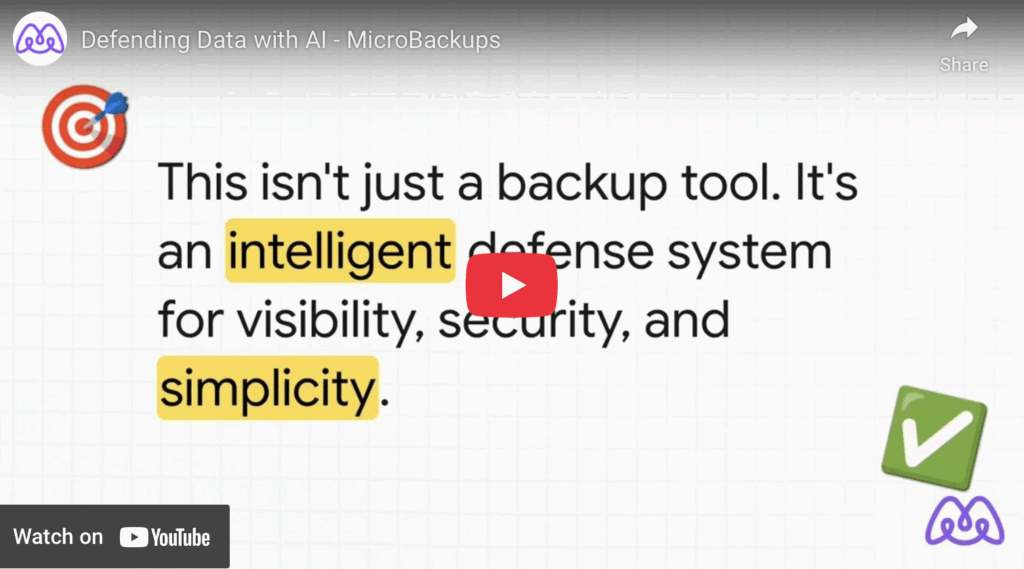In the first month of 2025 alone, a staggering 92 ransomware attacks were publicly disclosed worldwide—a 21% jump from the previous year and the highest on record. For small businesses, the stakes couldn’t be higher: 60% of them shutter their doors within six months of a major cyber incident. These aren’t just numbers; they’re the fallout from a digital epidemic that’s quietly devastating mom-and-pop shops, local firms, and bootstrapped startups. Ransomware doesn’t just lock your files—it erodes trust, drains coffers, and can spell the end of years of hard work. In this post, we’ll dive into real stories from the trenches, unpack the often-overlooked costs, and arm you with straightforward steps to shield your business. Because prevention isn’t about big budgets; it’s about smart, consistent habits.
When Ransomware Hits Home
Ransomware attacks on small businesses aren’t abstract threats—they’re personal nightmares. Here are three harrowing examples from 2024 and 2025 that show how quickly things can unravel.
Take Carpenter, McCadden & Lane, a Pennsylvania-based defense law firm specializing in workers’ compensation cases. In April 2024, hackers using LockBit 3.0 ransomware infiltrated their systems, stealing sensitive data on 7,900 clients and employees, including scanned payment documents and personal info. The breach went undetected for 11 months until data hit the dark web in August 2024. The firm scrambled to notify victims in February 2025, offering free credit monitoring, but the damage was done: client trust eroded, and operations ground to a halt during the forensic probe.
Then there’s Legacy Professionals LLP, an accounting firm serving Pennsylvania clients from Illinois. Hit by the same LockBit strain in April 2024, attackers exposed data on over 216,000 individuals—everything from tax records to payroll details. Like the law firm, discovery lagged until August 2024, leading to massive notifications and credit monitoring rollouts by February 2025. For a firm reliant on confidentiality, this wasn’t just a data leak; it was a reputational gut punch that invited regulatory scrutiny and client exodus.
Across the globe, MediSecure, an Australian e-prescription service for pharmacies, faced a similar fate in May 2024. Hackers exploited a legacy system vulnerability to deploy ransomware, encrypting patient records and exfiltrating data on 12.9 million Australians. The fallout? Stolen info fueled identity theft scams, lawsuits loomed, and despite pleas for a government bailout, the company entered administration—effectively shutting down operations. What started as a “quick fix” vulnerability snowballed into total collapse.
These stories aren’t outliers. In 2024, ransomware attacks surged 37% year-over-year, with 55% targeting firms under 100 employees. Small businesses make easy prey: limited IT resources mean slower detection and patch deployment.
The Hidden Toll: It’s Not Just the Ransom Demand
Sure, the headline-grabbing ransoms—like the $1.2 million Medusa group demanded from Comcast in 2025—steal the spotlight. But for small businesses, the real killer is the aftermath. Downtime alone can cost $25,620 per hour, turning a weekend glitch into a week’s lost revenue. Forensic investigations? $50,000 to $200,000 out of pocket. Legal fees for notifications and compliance? Easily $100,000 to $500,000.
Then come the intangibles: lost customers who bolt after a breach (up to 30% in some sectors), skyrocketing insurance premiums, and the soul-crushing hit to morale as teams work overtime to rebuild. Compliance headaches pile on—think GDPR fines in Europe or HIPAA violations in healthcare—while reputational scars linger for years. And in extreme cases like MediSecure, it’s lights out for good. The average small business recovery time? Over a month, with total costs averaging $25,000 to $100,000 per incident, excluding long-term fallout.
Simple Prevention Steps: Fortify Without the Fuss
The good news? You don’t need a Fortune 500 security team to fight back. Drawing from expert guidance for 2025, here are seven actionable steps tailored for small businesses—focusing on high-impact, low-effort wins like regular backups and employee smarts.
- Conduct a Quick Risk Assessment: Inventory your critical data (emails, client files) and scan for weak spots like outdated software. Tools like free NIST checklists can guide you in under an hour.
- Train Your Team on Phishing Red Flags: Human error causes 74% of breaches—run monthly simulated attacks via affordable platforms. Teach spot-the-phish basics: suspicious links, urgent demands.
- Roll Out Multi-Factor Authentication (MFA): Enable it everywhere—email, cloud drives, banking. Ditch SMS for app-based options; it’s a 99% block on credential stuffing.
- Patch Promptly and Automate Updates: Set software to auto-update. Review endpoints quarterly to close vulnerabilities before hackers do—like the one that doomed MediSecure.
- Back Up Data Religiously (The 3-2-1 Rule): Keep three copies on two media types, with one offsite or in the cloud. Encrypt them, test restores monthly, and air-gap for ransomware-proofing. This alone neuters most attacks.
- Segment Your Network: Separate guest Wi-Fi from business ops and isolate IoT devices with firewalls. Free tools like Windows Defender can help segment without IT wizardry.
- Craft an Incident Response Plan: Outline steps—who to call, how to isolate infected machines, notify stakeholders. Practice it yearly; it’s your lifeline when chaos hits.
Implementing these can slash your risk by up to 80%, per cybersecurity benchmarks.
Don’t Wait for the Knock: Act Today
Ransomware’s toll on small businesses isn’t inevitable—it’s preventable with vigilance and basics like ironclad backups. If Carpenter’s firm or MediSecure’s shutdown keeps you up at night, audit your setup now: Are your files backed up offsite? Is MFA live? The hidden costs of inaction far outweigh the effort to prepare. Your business deserves better than becoming the next cautionary tale. Start small, stay consistent, and reclaim your peace of mind. What’s one step you’ll take this week? Share in the comments—we’re all in this digital fight together.



